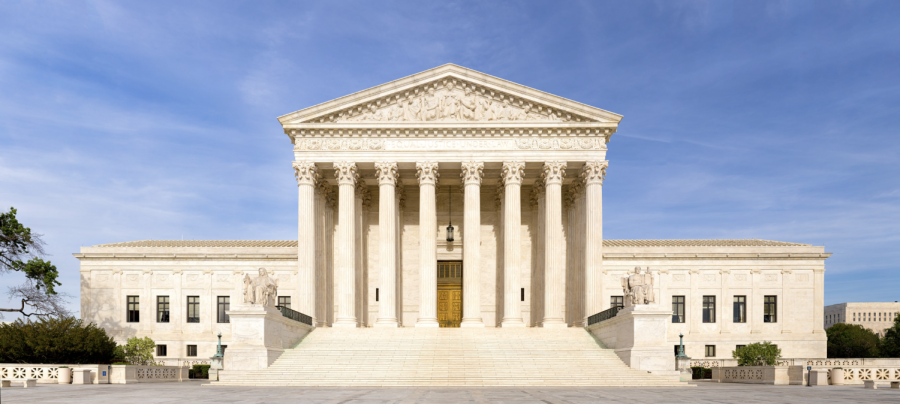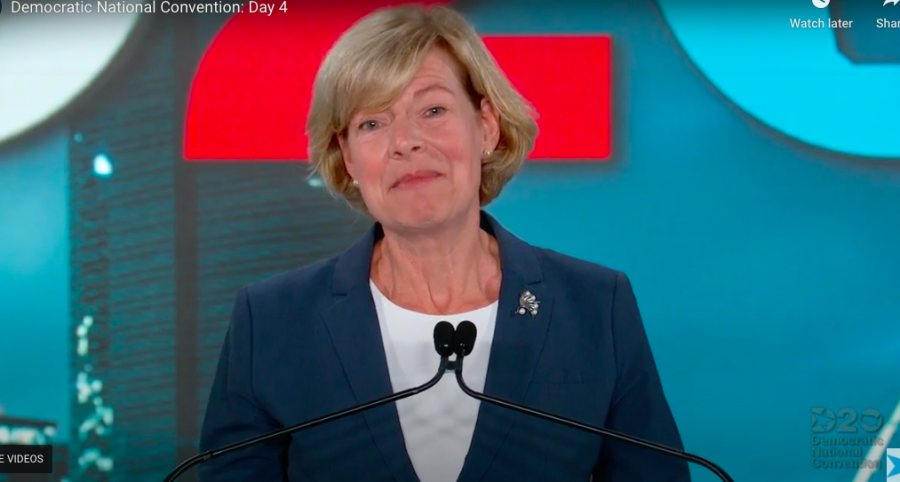The race to the White House is in full swing as candidates increase their efforts to achieve victory in the November 5, 2024 general election. But before they do, they must set out to win their respective primary elections and be the eventual nominee standing on the stage of their party convention.
When are the primary and general elections?
The primary election will be held over the course of 2024, starting with the Iowa Republican caucus on Jan. 15, 2024, and the Democratic primary in South Carolina on Feb. 13, 2024. Both the Democratic and Republican primaries in Wisconsin will be held on April 2, 2024.
The general election will be held across the nation on Nov. 5, 2024.
Who is running for president in 2024?
In Sept. 2023 polls, former President Donald Trump leads significantly with a 54% vote share. Florida Gov. Ron DeSantis follows with around 15%, and the remaining GOP candidates lag behind.
The GOP field includes Vivek Ramaswamy, Perry Johnson, former Arkansas Gov. Asa Hutchinson, Larry Elder, Ryan Brinkley, Sen. Tim Scott, former Vice President Mike Pence, former New Jersey Gov. Chris Christie, North Dakota Gov. Doug Bergum and Will Hurd.
The Democratic Party has backed incumbent President Joe Biden who announced that he will be running and has been polling around 62% as of September. Trailing behind are Robert F. Kennedy with around 14% of the vote and Marian Williamson with 4%.
Third-Party Candidates
Third party candidates have begun to emerge as contenders within the polls. The Green Party’s candidates are Cornell West and Randy Tyler. The No Labels Party has potential candidates including Sen. Joe Manchin (D-WV), former Congresswoman Tulsi Gabbard and former Maryland Gov. Larry Hogan.
Although the two parties don’t secure the majority of votes, they can sway the election results. By diverting voters from one major party, they might allow the other major party to win.
When are the national conventions?
The Republican National Convention will be taking place in Milwaukee July 15-18, 2024, and the Democratic National Convention will be held Aug. 19-22, 2024 in Chicago.
What are the key issues?
Abortion – The Supreme Court’s overturning of Roe v. Wade has reignited the abortion debate. Democrats seek stronger federal protections, while the GOP is divided between supporting state decisions or national restrictions.
Economy – As inflation persists, Republicans criticize Biden’s economic management, while the administration highlights the low unemployment rate as a positive indicator.
Foreign Relations – The focus is on China and Russia. Some GOP members call for a TikTok ban due to security concerns. Bipartisan support exists for boosting domestic semiconductor production against China’s rise. While most support aiding Ukraine against Russia’s aggression, Trump remains non-committal and DeSantis questions the necessity.
Immigration – Republicans favor strict border policies, while the Biden administration is implementing penalties for illegal entry while suggesting alternative immigration routes to deter northward migration.
What are key states in the general election?
Due to things such as a polarized political climate and a close election in 2020, seven states have been identified as crucial for either party to win in order to emerge victorious within the electoral college. These states are North Carolina, Georgia, Arizona, Nevada, Michigan, Wisconsin and Pennsylvania.
Where are the debates?
Currently, there are no plans for debates within the Democratic Party during the primary election season. The Republican Party, however, held its first debates in Milwaukee on Aug. 23, and will be holding its second debate on Sept. 27 in Simi Valley, California. As of now, six candidates have been qualified by the RNC to participate on the second debate.
There are currently no plans for a general election debate but will be decided later next year by the Commission on Presidential Debates, the organization that sponsor the debates.
What other elections are going on in 2024?
After the House flipped to Republican control, early forecasts suggest a potential Democratic rebound, though these predictions are uncertain.
Democrats face reelection challenges in states like Arizona, Ohio, West Virginia, Montana, Nevada, Pennsylvania, Wisconsin and Michigan. If the Senate reaches a 50-50 split, the vice president lowercase will determine the majority party.
This story was written by Uzair Qhavi. He can be reached at uzair.qhavi@marquette.edu.
















